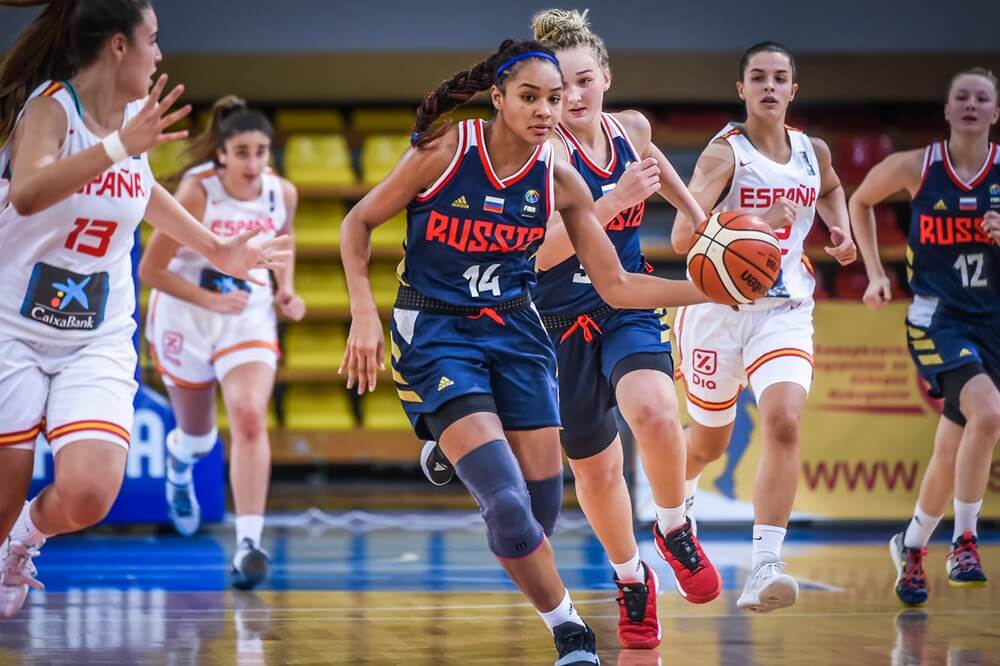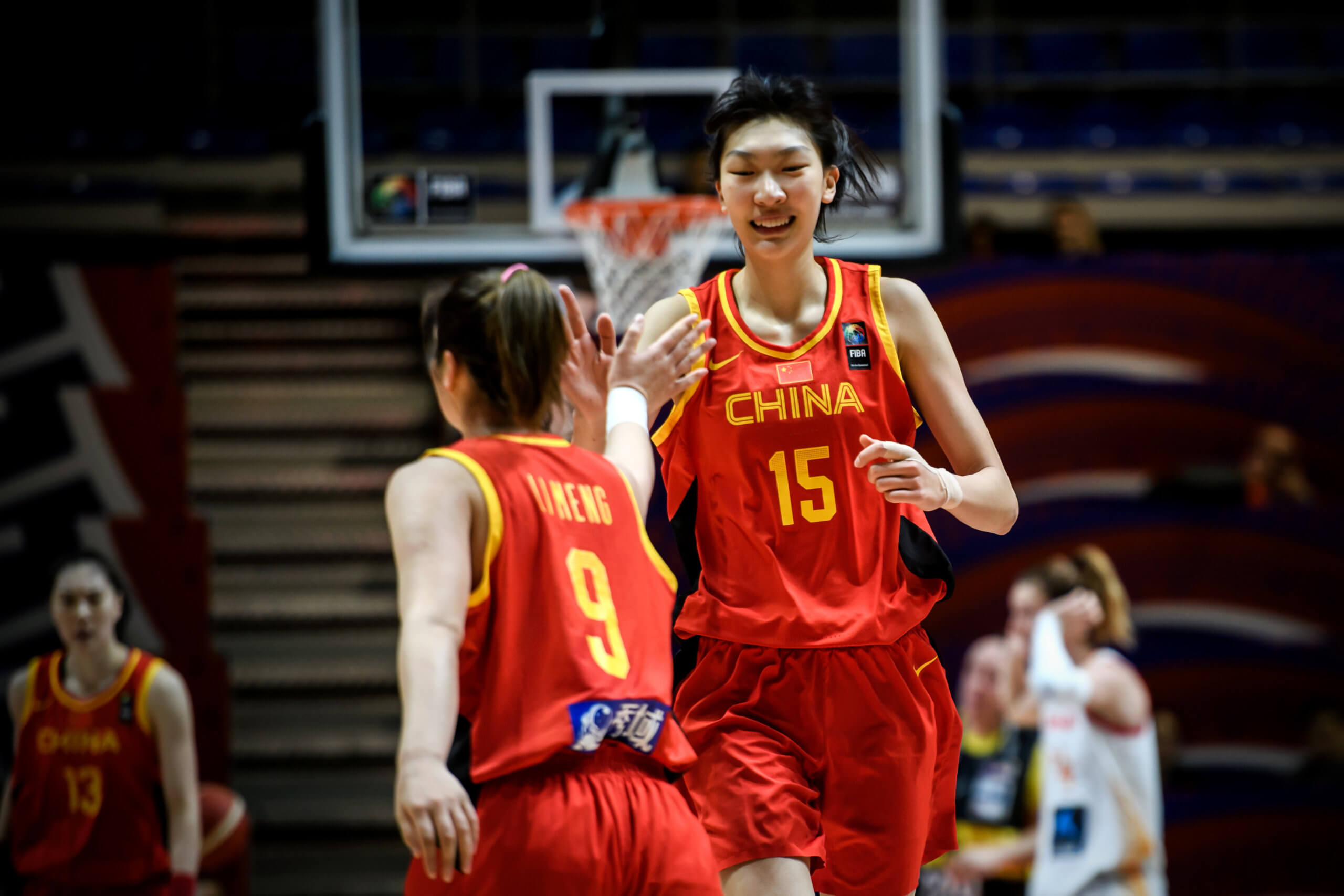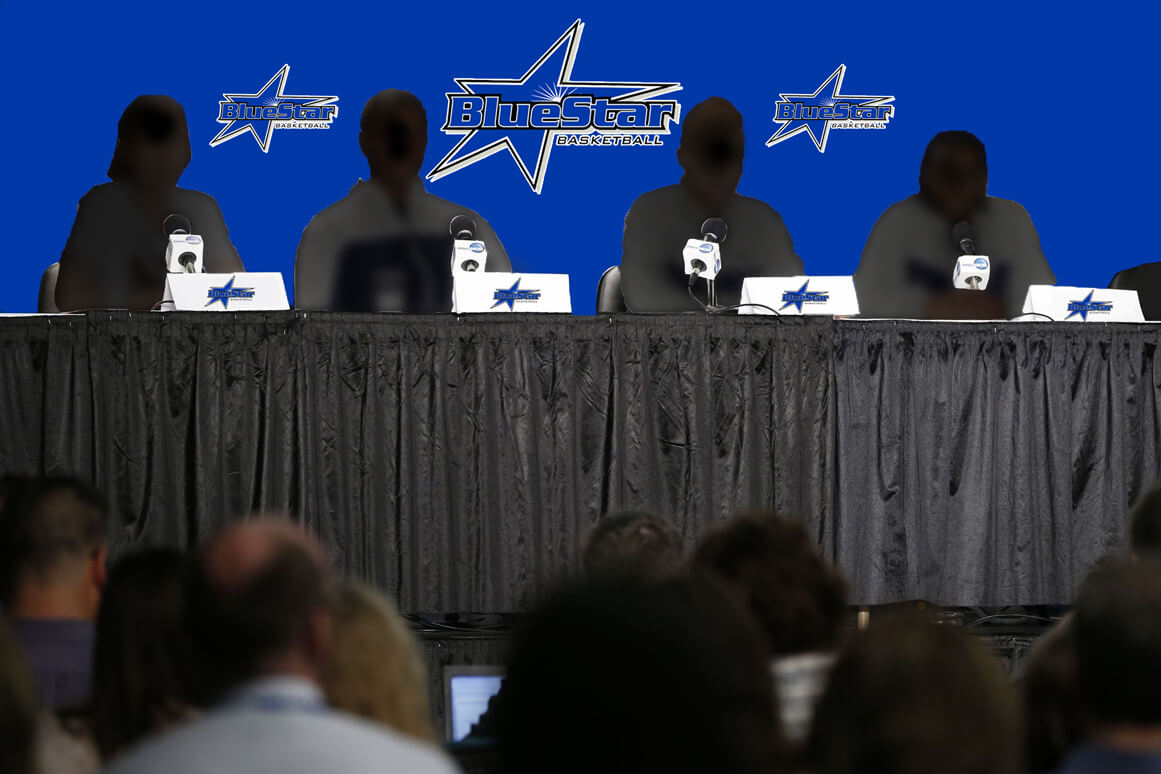When Australia finished top of the pile by some distance at the FIBA U17 Women’s World Championship to lift their maiden title at the event, the Sapphires managed to win the hearts of many neutrals in addiiton to their own elated followers.
As for the assembled scouts and college coaches sat courtside in Zaragoza, Australia’s young guns earned respect and admiration. Their displays also initiated much frantic scribbling on the assessment sheets and rapid scrolling across i-pads for more information on a group of players who were quite brilliant.
Maximum possible credit must go to their head coach Shannon Seebohm, who gave those players their chance to shine. The way he handled them, rotated them, gave them quality preparation (both before landing in Spain and in terms of pre-game breakdowns) and his general support and trust in them was terrific. The body language, the decisions and the attitude. He is a very young play-caller with a tremendous future ahead of him.
But, just how good are these players and this group? How many of them might become elite level players for the Opals? And, how many are likely to be tempted to migrate to the NCAA? To get an exclusive insight for Blue Star Media, I hit up my Australian contacts who have a real interest in the youth game and it led to some fascinating feedback.
“The group had a terrific mix of athleticism and length and with the changing face of the international game, that mix proved to be the perfect blend in Zaragoza,” enthused Pete Lonergan – the inaugural U17 coach back in 2010, an Opals’ assistant coach between 2006 and 2008, as well as a coaching assessor for FIBA.
“With the style of play adopted by Shannon and the mix of athletes in the group, this was by far the most ‘Worlds ready’ group of the four that have participated since the inaugural 2010 tournament.
“It’s always hard to project who will be Opals in the future as we are talking about 16 and 17-year-old athletes.
“But given the success of this team and the terrific development structures BA (Basketball Australia) has put in place over many years, you would not be surprised if three or four of these young women are strong candidates as early as Tokyo 2020.”
They are sentiments shared by Alan McAughtry, a junior development coach and also head coach of Diamond Valley Eagles.
“The 2016 team was a well selected and balanced team that had a great grasp of the style of play the national program had instilled,” he explained.
“They improved as the tournament went on and were anchored by eventual MVP Ezi Magbegor, who had international tournament experience previously.
“The staff had the team believing they could achieve at this level, while you also need a lot of luck, but they didn’t fear anyone at the same time. This was garnered over a period of time with international practice games.”
He continued, “Becoming an Opal is high on the list of most of young female players in Australia as the history is a rich and successful one. From that list of players, it would not be a stretch to imagine at least four of them going on and pushing for National Team selection.
“Although but due to their age, they have so much more to learn and growing within the game before that happens. A lot has to go right to become an Opal, but the future is very bright – that’s for sure.”
And what about these highly rated Australian players and their successors heading to the States to sign-up for the NCAA?
“Staying at home versus going to College is always a tough one and as long as there is opportunity to improve, then the choice becomes a personal one,” mused McAughtry.
“The local product (in Australia) is very competitive and is at a high level, so any of that generation that gets a chance to be involved with the WNBL and get to play then it is a great option.
“College it seems is in vogue right now and can be a great life experience if you get a few things go your way. High level coaching, playing opportunities and an education that is meaningful.
“The benefit for our national program is yet to be measured as the bulk of the female college players have yet to come back and play for the National team as they are still quite young. It will be interesting to monitor that over the course of the next few years.”
The last word went to Coach Lonergan who added, “The lure of college hoops is always there for talented young players, but the WNBL is a world class league and a couple of these players have already made the jump to that league.
“Australia has a strong system of monitoring the progress of all its elite players both domestically and overseas, so the mix of WNBL and NCAA opportunities can only be a positive.”
The same set of players who conquered the World are expected to be back playing at the global level at the FIBA U19 Women’s World Championship 2017 in Udine, Italy.
You can follow Pete Lonergan @lono610 and Alan McAughtry @AmBBall10
Paul Nilsen lives and breathes women’s hoops. He’s is a freelance writer working for the sport’s world governing body FIBA where he pens a weekly ‘Women’s Basketball Worldwide Column’ - as well as providing daily content on major club competitions, international tournaments and the women’s youth game. He has an extensive network of contacts across the globe, including an array of elite play-callers and players. Also a qualified coach and referee, he is a big supporter of Blue Star Media and joined as a blogger during the fall of 2016.




